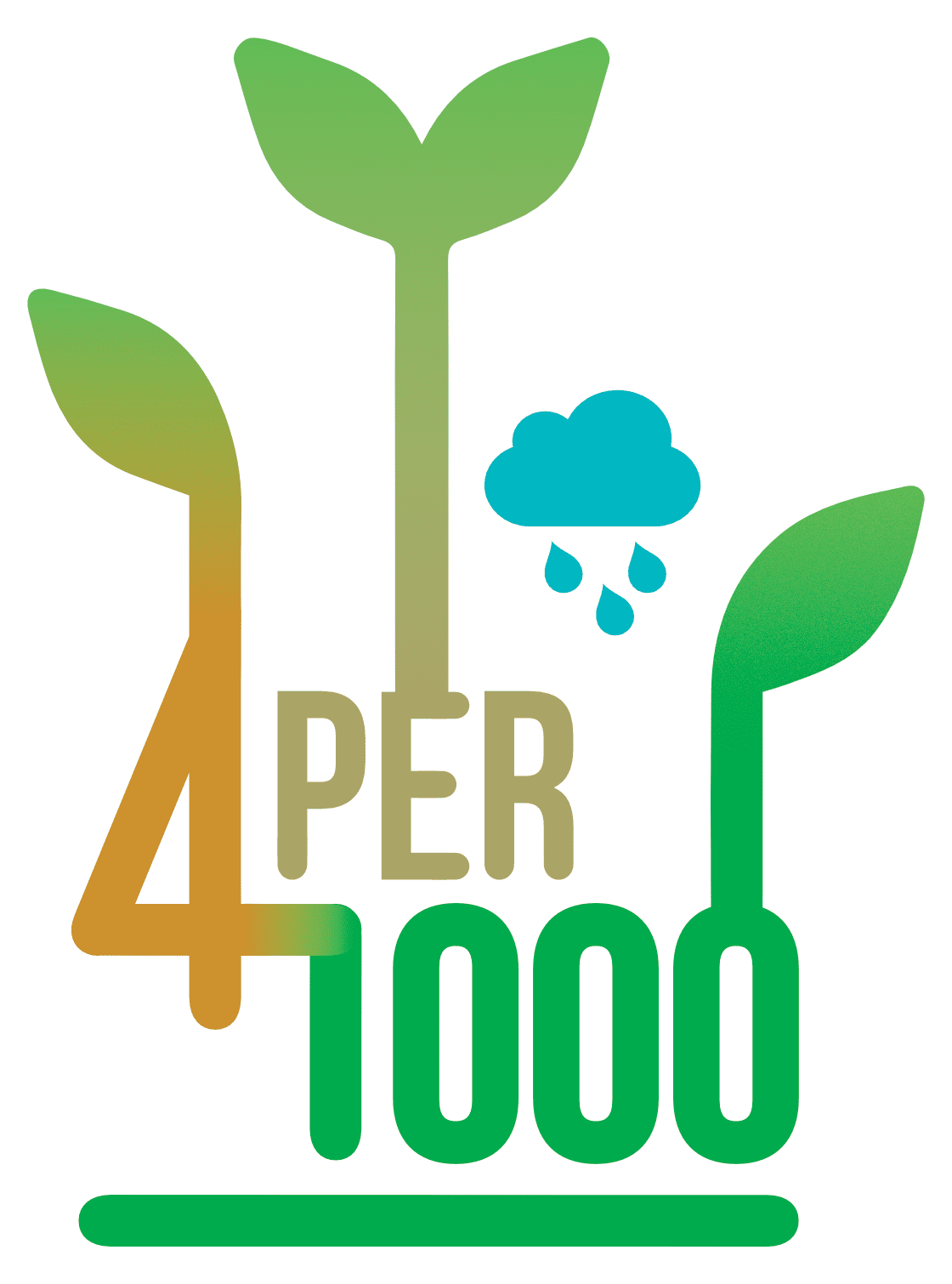The resources of the Initiative
In this section, find the resources (various documents, reports, videos, etc.) published by the “4 per 1000” Initiative and its Partners.
Sort By
- Title
“Healthy Soils to Cool The Planet” – 2019 – Breakthrough Strategies & Solutions
This guide focuses on philanthropic and investment opportunities to promote healthy soils and soil carbon ...
“Can Dirt Save the Earth?” – 2018 – New York Times
Moises Velasquez-Manoff, New York Times magazine, April 18, 2018
“Carbon Credits (Carbon Farming Initiative/ Measurement of Soil Carbon Sequestration in Agricultural Systems) Methodology Determination 2018” – Gov.Australia
Josh Frydenberg, Minister for the Environment and Energy - 25/1/2018
“Carbon Market Incentives to Conserve, Restore and Enhance Soil Carbon” – 2018 – The Nature Conservancy
Soils rich in organic carbon are associated with enhanced agricultural productivity, water cycling, biodiversity and climate change adaptation and mitigation.
“Carbon sequestration potential through conservation agriculture in Africa has been largely overestimated” – 2020 – M.Corbeels, R.Cardinael, D.Powlson, R.Chikowo & B.Gerard
Soil organic carbon (SOC) sequestration depends on several factors, including land use, pedo-climatic conditions, topographic position and the initial SOC stock (Post and Kwon, 2000; Minasny et al., 2017).
“Carbone des sols en Afrique : impacts des usages des sols et des pratiques agricoles” – 2020 – FAO IRD
Cet ouvrage est une contribution du Réseau « Carbone des sols pour une agriculture durable en Afrique » (CaSA) à l’Action commune de Koronivia pour l’agriculture.
“Enhancing investment in soil health and carbon storage: Frontiers for linking finance and carbon accounting” – 2020 – CCAFS, Nature Conservancy, “4 per 1000” Initiative & World Bank
Online seminar organised by CCAFS, the Nature Conservancy, the 4 "per 1000" Initiative and The World Bank on September 10, 2020
Video “Soil Solutions to Climate Problems” – 2015 – Center for food safety
Center for Food Safety with support from Arkay Foundation, Full Circle Fund and The Food Angels - Narrated by Michael Pollan - Nov 20, 2015
“C’est parti pour l’agroécologie ! une infographie pour expliquer ce qu’est l’agroécologie” – 2021 – Pour une Agriculture du Vivant
Pour une Agriculture du Vivant a réalisé avec des partenaires cette infographie pour expliquer ce qu’est ...
“CGIAR gets serious about soil carbon as home of 4p1000 initiative” – 2017 – HuffPost
At the recent Eat Forum in Stockholm, Johan Rockström and Walter Willet reminded us of this in their State of People and the Planet speech, which highlighted that reaching the Paris Agreement goal will be challenging and require an ‘agrarian revolution’, where our food system becomes part of a global roadmap for rapid decarbonization.
“Changes in soil carbon stocks across the Forest-Agroforest-Agriculture/Pasture continuum in various agroecological regions: a meta-analysis” – 2018 – N.Chatterjee, P.K.R.Nair, S.Chakraborty & V.D.Nair
Nilovna Chatterjee, P.K.Ramachandran Nair,Saptarshi Chakraborty, Vimala D.Nair. The contribution of agroforestry systems (AFS) to enhance soil organic carbon (SOC) storage in soil layers due to the presence of deep tree roots are of interest in the context of promoting carbon sinks and greenhouse gas mitigation.
“Changes in topsoil organic carbon content in the Swiss leman region cropland from 1993 to present. Insights from large scale on-farm study” – 2021 – Dupla & al
Xavier Dupla, Karine Gondret, Ophélie Sauzet, Eric Verrecchia, Pascal Boivin in Elsevier ScienceDirect Geoderma ...
